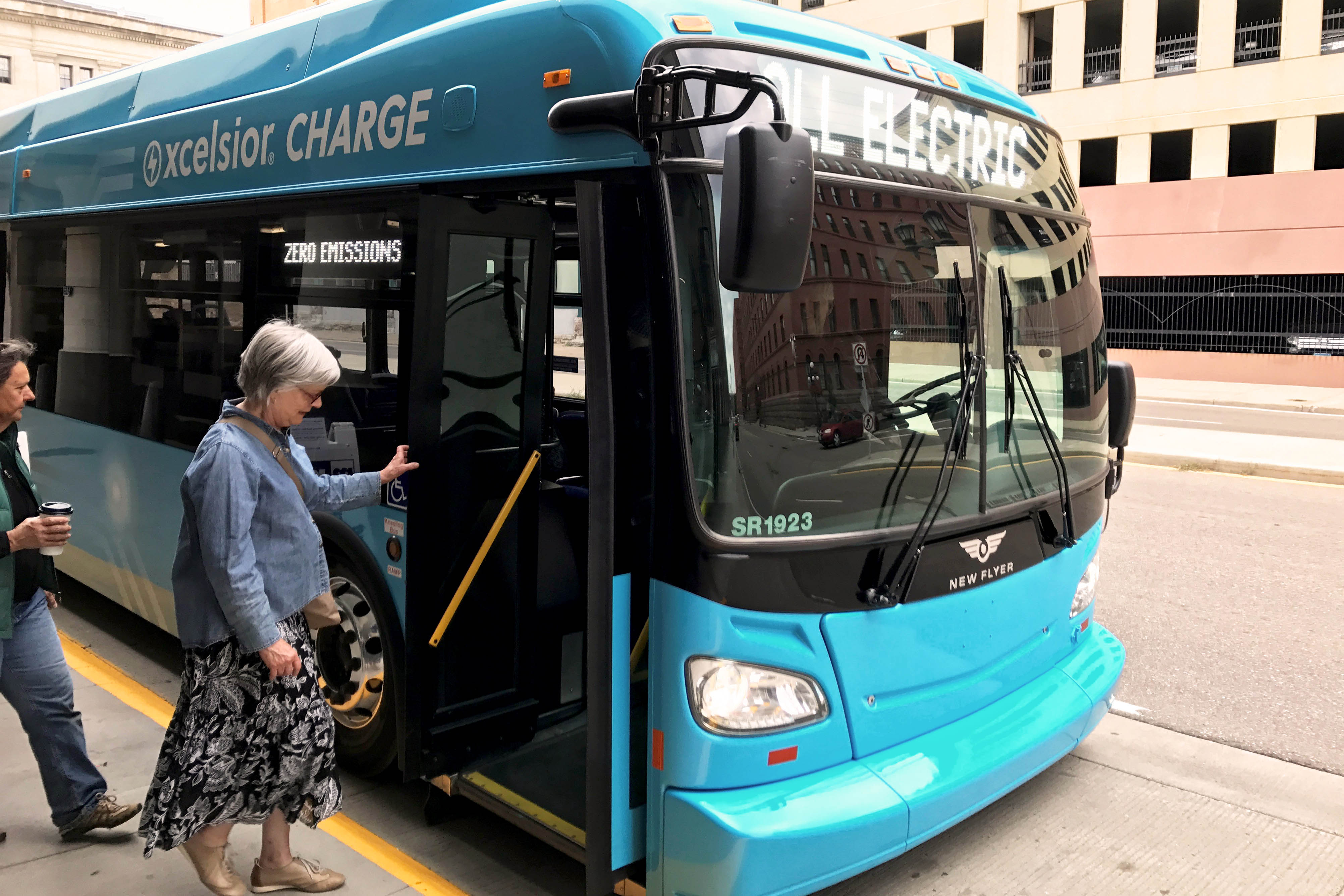
In 2007, the Next Generation Energy Act established criteria and parameters for Minnesota utilities to develop and implement revenue decoupling mechanisms that support energy conservation efforts. Since then, four utilities have implemented seven revenue decoupling pilots and the Public Utilities Commission has recognized the policy as a foundation for maximizing energy efficiency as a resource in the state. Electrifying the economy is one of Fresh Energy’s key strategic imperatives in our mission to significantly reduce carbon emissions. While these two policies serve different purposes, they are complementary approaches that drive towards the same goal: a highly-efficient economy powered by clean carbon-free electricity.
Revenue decoupling breaks the link between a utility’s energy sales and the revenue it collects to cover the costs of providing service. Without decoupling, a utility’s revenue is dependent on the amount of energy it sells, creating an incentive for investor-owned utilities—which make a profit for shareholders—to sell more energy and resist efforts to drive energy efficiency. With decoupling, a utility’s revenue is no longer dependent on the amount of energy it sells, removing the disincentive to encourage customers to use less.
How does it work? Every so often, utilities need to adjust rates to collect enough money to cover the costs of generating and delivering energy to customers. This process is called a rate case and involves extensive analysis of the utility’s financials by regulators and other stakeholders, with rates ultimately approved by the Public Utilities Commission. Once those rates are set by the Commission, the utility collects revenue from customers largely based on how much energy they use. This is where the incentive to sell more enters the picture: the more energy you use, the more money the utility makes. Conversely, if customers use less energy than what was expected when rates were set, utilities fail to collect enough money to cover the cost of providing service. Decoupling alleviates these two forces by smoothing out fluctuations in revenues between rate cases. This removes utilities’ disincentive to encourage energy efficiency and ensures that customers don’t overpay for their energy needs.

Minnesota statute clearly and explicitly sets a greenhouse gas emission goal of 80 percent reduction by 2050 compared to 2005 levels across the entire economy. While the state’s electric sector is on the right decarbonization path to meet this goal, other sectors of the economy are not on track. In fact, the state missed its 2015 statutory goal of 15 percent reduction compared to 2005 levels.

Because the electric utility industry can generate low-cost carbon-free electricity in rapidly increasing amounts, one solution to meet our 80 percent reduction goal is to convert major sectors of the economy to run on electricity. This transition is already underway in the transportation sector, with building space and water heating close behind.
However, because decoupling adjusts for both under- and over-collection of utility revenues, some have raised concerns that strategic electrification and decoupling may not be compatible as increased sales from electrification would be negated by decoupling adjustments. Utilities, regulators, and other stakeholders can easily mitigate these concerns by following a few important steps:
- Plan ahead and incorporate load growth from strategic electrification efforts into forecasts used when determining rates. With this growth embedded in the underlying rate structure, decoupling will adjust to anticipated increases in sales due to electrification.
- Monitor the level and direction of decoupling adjustments annually to ensure that the underlying rate structure is accurately reflecting utilities’ revenue needs.
- Avoid extended periods of time between utility rate cases. While unending rate cases impose resource and time restrictions on utilities, regulators, and other interveners, allowing many years to pass between rate cases can result in rates that are misaligned with utility revenues. Having regular rate cases can ensure that rates reflect utility needs, incorporate strategic electrification, and minimize the magnitude of decoupling adjustments.
Meeting our state’s greenhouse gas emission goals requires a three-prong approach: decarbonize our electric system, make everything as efficient as possible, and electrify the economy. Revenue decoupling is a bedrock policy for driving energy efficiency in the utility system, and electrification allows other sectors of the economy to rapidly and cost-effectively decarbonize. While these two policies serve different purposes, they are both driving towards the same goal.
